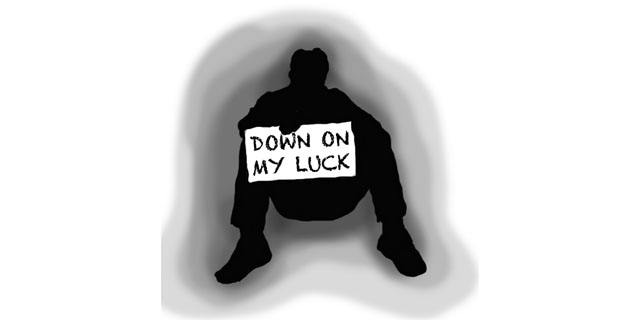Why are the homeless, who are so visible on the streets of Los Angeles, seemingly invisible? When you walk down the streets of Skid Row in downtown Los Angeles, you can expect to find a patchwork of multicolored tents, people passed out on the sidewalks, people of all ages, races, and ethnicities cohabiting the sidewalks and gutters of the sprawling homeless capital that is our city. The strong essence of marijuana and alcohol lingers in the air. The homeless population gathers here with a sense of community, but with a detachment from society.
The homeless issue is not simply a lack of shelter; in fact, homelessness in Los Angeles is much broader and is the result of an array of ongoing issues, such as mental illness, increased poverty due to a widening income gap, lack of affordable housing, loss of jobs, easily obtainable addictive drugs, a lack of support for veterans, domestic violence, released incarcerated people, foster care youth and more. To serve the needs of Skid Row’s homeless population and genuinely improve their lives, all these issues need to be looked at holistically.
Each individual requires an assessment of the complexities of his or her own unique situation. Some service organizations follow the “housing first, services second” method where they give housing and then organize programs for the needs of the homeless. Other organizations, such as the Ocean Park Community Center (known as OPCC) and the Downtown Women’s Center, believe you start by engaging with dignity and respect the people living on the streets. Although these organizations are doing good work, with almost 11,000 residents living on Skid Row alone and the lack of interconnectedness between service providers, the issue has been raised and then ignored time and time again
A solution to the homlessness problem is long overdue. Poverty may always exist, but the poor deserve, at the minimum, a roof over their heads and the stability that it creates. Policy makers and citizens alike need to create a unified service plan for homeless individuals, which includes programs to meet their physical, emotional and financial needs and a pathway to assimilate back into society. Hospitals need to recognize that emergency room costs would drop and money could be saved if they did not discharge people to the streets without any plan of how and where they will continue living. Even then, there would be challenges because after being on the streets for many years, homeless individuals may not readily accept offers of housing. Nonprofits, government agencies and individuals need to work together to create this safety net.
Until these diverse service agencies network with one another, the city of Los Angeles will continue to throw money at a problem that cannot be eliminated by government officials alone. We need to take homelessness out of the shadows and eliminate it once and for all. Let’s begin with Skid Row.








